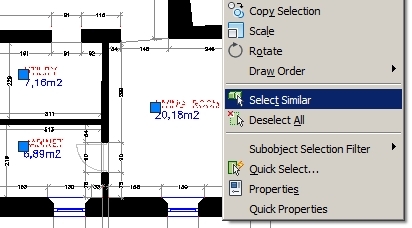


The intersection often fails at the point where the surfaces are tangent. Nearly tangent surfaces – Like the intersection of two equal diameter pipes at an angle. If not, you may have to do this operation manually. Solution: As above, you may move the object slightly if possible. Avoid building your model this way if you can. Or try to do the operation manually.Ĭoplanar faces 
Get the best intersection curve you can and try editing it until you have a closed object. If you can’t get Rhino to automatically produce a closed intersection curve, even after you have fixed your object the best you can, it may be time to go back to manual.
Gstarcad cycling through overlapping objects full#
Once you get a full closed intersection, your operation should work… Try tightening your tolerances and running the Boolean again. If they are too large, this may prevent the intersector function from finding a complete intersection, even though all else is well. The other thing to check is your modeling tolerances ( see Understanding Tolerances). If you have forced together your object using JoinEdge, that may also happen, even though the object says closed. The intersection may cross a gap between surfaces, and that will cause an open curve. Why is there a gap there? Maybe you think that your objects are closed, but they’re really not. Zoom in closely and see if you can see the gap on the screen. Normally this will correspond with one side of the gap. If you think your intersection should be closed, but it’s not, select the curve, and call CrvStart, which places a point at the start of the curve. Some are due to modeling errors or inaccuracies. What causes gaps or problems in your intersection? There are many possibilities.


 0 kommentar(er)
0 kommentar(er)
